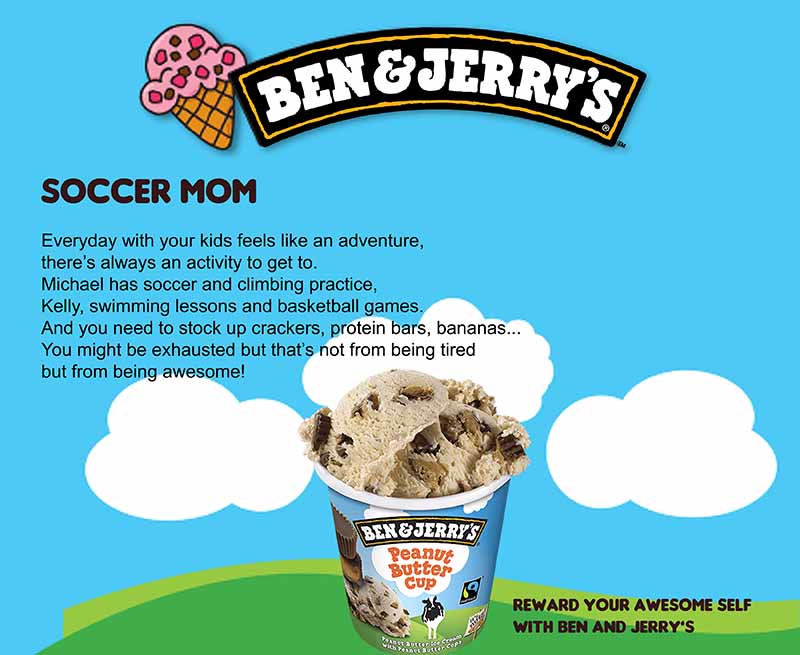22 Feb

According to HubSpot, the average click-through-rate for a Google ad is anywhere from 1.91% and 0.35%. The CTR is the gauge advertisers use to see how well their ads are performing. The higher the click rates, the more sales you’ll get. But what if you find that your ad copy is nowhere near that benchmark? It may have something to do with the copy you write. Here are five of the reasons you need to rethink your ad copy strategies.
You’re Not Being Specific
A great ad copy isn’t one that writes a general statement about what your brand can do for customers. When writing ad copy, make sure that you focus on a single point rather than being broad and generic. Identify a pain point then provide solutions to that problem.
If your product or service offers several benefits, choose the most compelling one. Talk about it in great detail and get people to take action from that one feature. Doing this makes your ad copy look focused, defined, and distinct.
You Don’t Know Your Target Audience
This may sound redundant, but many ad copywriters write without thinking about what their targeted readers want. Creating a buyer persona means understanding what appeals to your prospects and what they’ll find most useful.
In addition, if you know your target market, you know that what you have is what they want. Writing about a product that nobody wants can be frustrating for revenues. Words are magically powerful and you can use them to build a bridge between what you have and what customers want. You can do all these just by knowing who your target audience is.
Your Language Isn’t Engaging Enough
Good storytelling and clear language are vital in creating an ad copy that sells. This example from Ricola is a classic when explaining how to tell a story the right way.

The ad is great in exciting, engaging, and making the readers think. It’s short but still gets the reader invested. The primary purpose of an ad copy is to compel people to purchase. Ensure that your sales copy involves action wards that will make readers want to take action.
Additionally, your ad copy language should be conversational and straightforward. Avoid using high falutin words that some people may not easily understand. You want to write as if speaking to a friend about this great product you want them to try.
Your Ad Copy Isn’t Persuasive Enough
Another factor why your ad copy isn’t converting to sales may be that you’re not painting a pretty picture of your product. Concrete sensory details may be missing from your ad copy.
Readers can only see your ads, but you can make them smell, hear, or taste your product through persuasion. You may have heard the phrase, “Show, don’t tell.” It’s a good guiding principle when writing compelling ad copy.

This Ben & Jerry’s ice cream ad not only tells a story, but it also describes superbly why you should treat yourself with their product.
Your Readers Don’t Know How to Proceed
Your ad copy should tell your readers what to do next. If you didn’t ask, why will they give you what you want? An effective call to action is what’s missing in your ad copy.
Write in such a way that you’ll tell viewers what they can do next. That “click here for more details” may seem ordinary, but it works. You may have seen these and wonder if they’re useful or not:
- Download our eBook today
- Sign up now
- Click here for a big discount
- Book an appointment here
- Add to wishlist
They are. This is a great way to walk your customers through until they get down to the sales funnel. Make sure that you tweak yours to make them more appropriate for your brand.
Tips to Help You Write Effective Ad Copy
Get in the Minds of Your Readers
People click on ads because they are hoping to find a solution to a problem. When writing ad copy, get into the minds of your users and make their goals yours. This way, you’ll understand what they’re looking for and see how you can help them.
Include Numbers

When writing ads, add numbers such as price or statistics. This is especially helpful when placing ads on Google. This will make it easier for people comparing prices or searching for cheaper options. Check out this Google ad for cheap hotel rooms:
Aim for the Emotions
Emotions are great triggers for buying. They spur people into taking actions, so make sure that you use them in your ad copy. Here are a few emotions that show how they trigger people into buying:
- Perception: the need to be relevant and accepted
- Pride: the need to be right
- Security: the need to be safe
- Anger: the need to have control
- Happiness: the need to fulfil our basic needs
Depending on what your offerings are, you can choose which emotions to use to do this strategy. But as with everything else in ad copywriting, you need a right balance between negative and positive. Writing about anger should be paired with an affirmative so as not to create an adverse image for your brand.

This ad from Nike caused quite a stir and elicited different emotions from viewers. The bottom line is, they made their statement and were heard.
Offer Preemptive Responses
What will happen if everybody writes good ad copy? The world will never run out of good and bad writers. However, you can still create ad copy that helps you stand out if ever this becomes a reality.
You can do this by preemptively responding to the most common sales objections. Help the reader finalize their choice by making your product seem like the better option. Alleviate their fears and apprehensions through creative and well-thought-of ad copy.
Final Thoughts
With so many businesses vying for consumers’ attention, writing ad copy has never been so challenging as it is today. But always know that words are powerful. With a little research and ingenuity, you can use them as a tool to create compelling ad copy that will result in sales.










